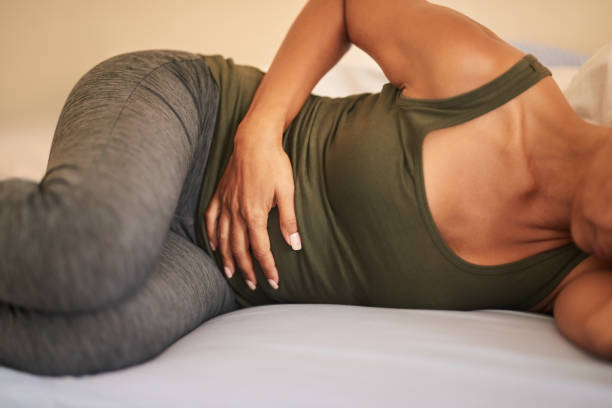Uterine fibroid is a major issue affecting up to 70% to 80% of all women before the age of 50. Uterine fibroids are benign (non-cancerous) tumours found in the lining and walls of the uterus (womb). They are the most common type of tumours associated with the reproductive tract. They range in size and number (some grow in clusters) and can occur at any age after puberty. They are also known as uterine leiomyomas.
Who are mostly affected?
- Age is a risk factor. A woman is more prone to develop uterine fibroid before menopause.
- Genetics also plays a role. A woman who has a family history of fibroids is more likely to develop it.
- Black women are a higher risk
- The risk is also increased in women who reached puberty at an early age.
- Women who are obese are more likely to develop fibroids due to increased level of estrogen
- Women who consume alcohol and have a poor diet
What causes uterine fibroid?
The main cause of uterine fibroid is unknown. It is however known to be related to the female hormone estrogen produced by the ovaries because fibroids develop during a woman’s reproductive years when the production of estrogen is high and doesn’t develop in childhood when the production of estrogen is very low. Also after menopause as the level of estrogen produced starts to decrease, the fibroids that developed begin to shrink.
What part of the uterus can they be found?
Uterine fibroids can be found in different parts of the uterus. Those found under the lining covering the outermost part of the uterus are called sub-serosal fibroids. They can also be found within the layer that lines inside the uterine cavity. This type is called sub-mucosal fibroids. Those found in the muscular layer of the uterus are called intramural fibroids and are capable of changing the shape of the womb (uterus).
Symptoms
Symptoms of uterine fibroids depend on the size and location. They include;
- Abnormal uterine bleeding. You might experience heavier menstrual flow, longer periods, blood clots in menstrual flow, less frequent periods and cramps. Also due to the blood loss, heavier menstrual flow can result in mild anemia
- Large fibroids can cause the uterus to apply pressure on the bladder just like in the case of pregnancy and this can cause frequent urination.
- Pelvic and low back pain.
- Pain during sex
- Infertility and miscarriages
- Constipation and pain while defecating due to pressure on the rectum
- Abdominal pain
Most of the time however, women with small Uterine fibroids may have no symptoms.
Prevention and Treatment
- Healthy diet and exercise to prevent obesity as obesity increases the risk of having fibroid.
- Uterine artery embolization. This is a procedure whereby the arteries supplying blood to the fibroid are blocked. So the fibroids shrink due to the lack of blood supply. This procedure is usually not recommended for women seeking fertility or in reproductive age.
- The fibroid can be removed surgically from the uterine cavity through a procedure called myomectomy.
- That is the surgical removal of the womb ( uterus)
- Medications that suppresses the production of estrogen. These medications causes the fibroid to shrink though they do not prevent the fibroids from forming and can also cause menopausal symptoms, they can help to reduce the size of fibroid before surgery so as to make surgery easier.
It is advisable to discuss with your doctor which mode of treatment would be best for you.

Oyewole Ibukun is currently a Medical student of Olabisi Onabanjo University. She has a passion for seeking knowledge with a creative, detail oriented and analytical mindset.

